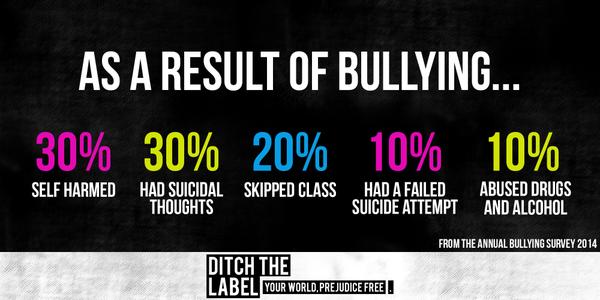 We all know the fundamental elements to keeping ourselves healthy – eat vegetables, walk instead of taking the bus, get a good night’s sleep, and avoid the creamery at all costs. But now researchers are concluding that prayer has an unbelievably powerful effect on overall health, and the evidence to support it is quite spectacular. But is it really true that a prayer a day will keep the doctor away?
We all know the fundamental elements to keeping ourselves healthy – eat vegetables, walk instead of taking the bus, get a good night’s sleep, and avoid the creamery at all costs. But now researchers are concluding that prayer has an unbelievably powerful effect on overall health, and the evidence to support it is quite spectacular. But is it really true that a prayer a day will keep the doctor away?
In the past couple of classes, Andrew discussed the healing power of prayer. As a class, we ultimately determined that there is insufficient evidence to prove that prayer heals; Leibovici’s conclusion was drawn from chance. But contrary to the consensus view, prayer did shorten hospital stays and the duration of fever, therefore prayer did do something. This may seem insignificant, but it lead me to wonder: maybe prayer cannot prevent mortality or heal chronically sick individuals, but can it increase overall health? Are people who pray generally in better health than those who do not? And I think Leibovici would be happy with the results I’ve found.
Before we can take a look at the effect prayer has on the mind, body, and physical health, we must define the limits (or lack thereof) of prayer. We must assume that prayer is universal in its effects, and therefore regardless of a person’s religion, religious views, or religious affiliations, the effects of prayer remain the same. So maybe a person is praying to a God, or maybe they are praying to the Nittany Lion Shrine; the effects of their worship will be the same. We can assume this because of the impact prayer has on the brain, independent of the type of prayer. According to an article by Richard Schiffman, “Dr. Andrew Newberg conducted a study of Tibetan Buddhists in meditation and Franciscan nuns in prayer which showed comparable decreased activity in the parts of the brain that are associated with sense of self and spatial orientation in both groups”. Newberg also discovered that prayer and meditation increased levels of dopamine, a neurotransmitter associated with happiness and pleasure. Although the two groups differ in their practices, their psychological responses were equivalent.
Since the psychological responses to prayer are similar for all worshipers, let’s take a deeper look at how the brain is directly affected. Dr. Herbert Benson uses the term “the relaxation response,” (occurring during times of prayer and meditation) to describe the brains reaction to this mental state. Benson explains that at such times, “the body’s metabolism decreases, the heart rate slows, blood pressure goes down, and our breath becomes calmer and more regular”. This physiological state of worship is “correlated with slower brain waves, and feelings of control, tranquil alertness, and peace of mind”.
But are the effects of prayer temporary, or can we make more out of this “in-the-moment” experience? Research says that we can. An exceedingly large number (Benson argues over 50%) of doctor’s visits in the U.S. today are prompted by stress and anxiety related illnesses such as: depression, high blood pressure, ulcers, and migraine headaches. Therefore, these illnesses cannot only be prevented by prayer and cured by prayer, but prayer can also decrease your risk of developing them again. Various other studies also conclude the positive impact prayer can have on your health, and these impacts are lasting. Here are a couple of powerful experiments Schiffman discusses to prove that prayer truly improves health now, and for the future.
- “National Institutes of Health found individuals who prayed daily were shown to be 40 percent less likely to have high blood pressure than those without a regular prayer practice”
- “Research at Dartmouth Medical School found that patients with strong religious beliefs who underwent elective heart surgery were three times more likely to recover than those who were less religious”
- “A 2011 study of inner city youth with asthma by researchers at the University of Cincinnati indicates that those who practiced prayer and meditation experienced fewer and less severe symptoms than those who had not”
- “A recent survey reported in the Journal of Gerontology of 4,000 senior citizens in Durham, NC, found that people who prayed or meditated coped better with illness and lived longer than those who did not”
So are people who pray healthier than those who do not? Well, that really depends on the health of those who do not pray, and that alone is contributed to several other factors (smoking and drinking habits, diet, amount of sleep, hereditary issues ,etc.). But in class, Andrew stated that if prayer really does have a healing effect, other studies will find it. Have these studies I mentioned found it, or are we drawn to the conclusion of “Leibovici’s chance”? Well they have found that prayer does something, so I’ll let you decide.











